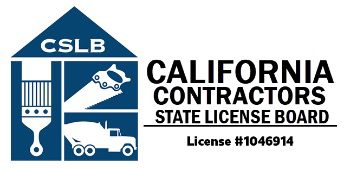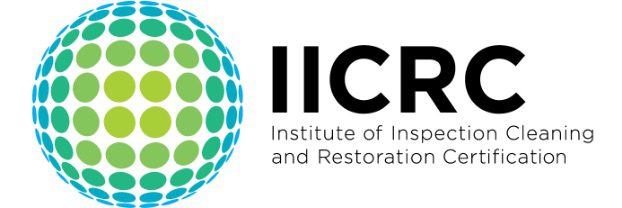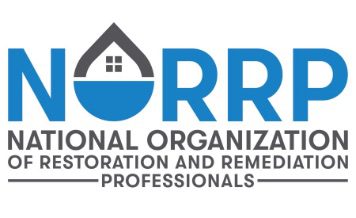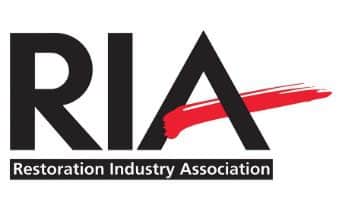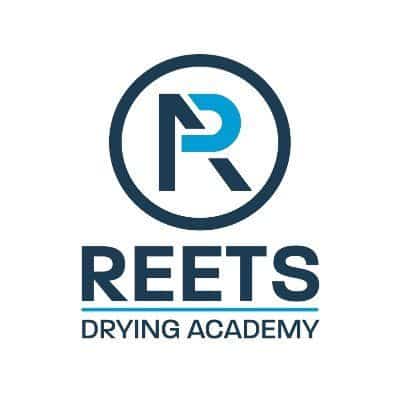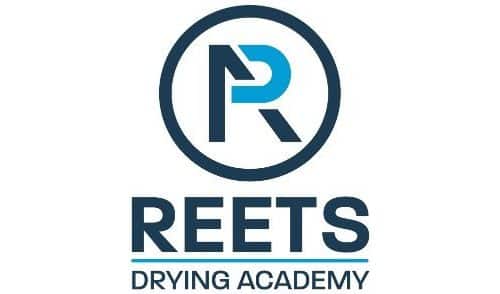The Anatomy of a Commercial Disaster: A Deep Dive into Water, Mold, and Fire Damage
The Anatomy of a Commercial Disaster: A Deep Dive into Water, Mold, and Fire Damage
The bustling commercial landscape of the Bay Area is not immune to disasters that can wreak havoc on businesses. From wildfires to floods and everything in between, commercial properties face many natural threats that can have devastating consequences.
Join us as we explore the most common causes and effects of commercial disasters in the Bay Area, highlighting the challenges of dealing with water, mold, and fire damage in particular.
Common Causes of Commercial Disasters in the Bay Area
Wildfires
With California's dry climate and hot temperatures, wildfires are an ongoing threat. Factors such as drought, high winds, and careless human activity can spark wildfires that rapidly engulf commercial properties. These fires can cause extensive damage to commercial structures, including destruction of buildings, loss of inventory, and disruption of business operations. The resulting smoke and ash can also compromise indoor air quality, posing health risks to employees and customers.
A great example of this threat is the 2020 Glass Fire in Napa Valley, which destroyed numerous wineries and vineyards, impacting the region's commercial wine industry.
Floods
Heavy rainfall, storm surges, and inadequate drainage systems can lead to flooding in the Bay Area. Coastal areas are particularly vulnerable to flooding due to rising sea levels and tidal fluctuations. These floodwaters can inundate commercial properties, causing structural damage, electrical hazards, and contamination from sewage and chemicals. Mold growth is also a common consequence of water intrusion, posing numerous health risks to occupants.
Rapid response and efficient water extraction are essential in commercial settings to minimize downtime and prevent secondary damage to building materials and equipment.
Earthquakes
The Bay Area sits atop several active fault lines, making it prone to seismic activity. Earthquakes can occur suddenly and without warning, resulting in structural damage or even complete collapse, leading to the disruption of services. Ensuring the structural integrity of commercial buildings and implementing seismic retrofitting measures are critical for minimizing the impact of earthquakes on businesses.
Comparing Residential vs. Commercial Disaster Recovery
Residential and commercial disaster recovery efforts differ significantly in scale and complexity. While both involve restoring property and mitigating damage, commercial recovery often requires a more extensive and strategic approach. Typically, commercial properties house critical infrastructure, valuable assets, and numerous occupants, necessitating a rapid response and comprehensive restoration services to minimize business interruption and financial losses.
Additionally, commercial operations must adhere to regulatory requirements and safety standards, which can further complicate the recovery process. In contrast, residential recovery focuses primarily on restoring living spaces and personal belongings, with less emphasis on regulatory compliance and business continuity.
Rely on the Commercial Disaster Recovery Experts from Dry Kings
Commercial disasters pose significant risks to businesses in the Bay Area, jeopardizing their assets, operations, and reputation.
However, with the support of professional restoration services like Dry Kings, businesses can mitigate the impact of disasters and get back to business as usual. Whether you’re dealing with water, fire and smoke, or even mold damage from natural disasters, companies can rely on Dry Kings for expert restoration solutions tailored to their specific needs.
Contact
More News
Newsletter
Sign up and receive valuable tips to help you protect your residential building or commercial property from damages.
Awards
